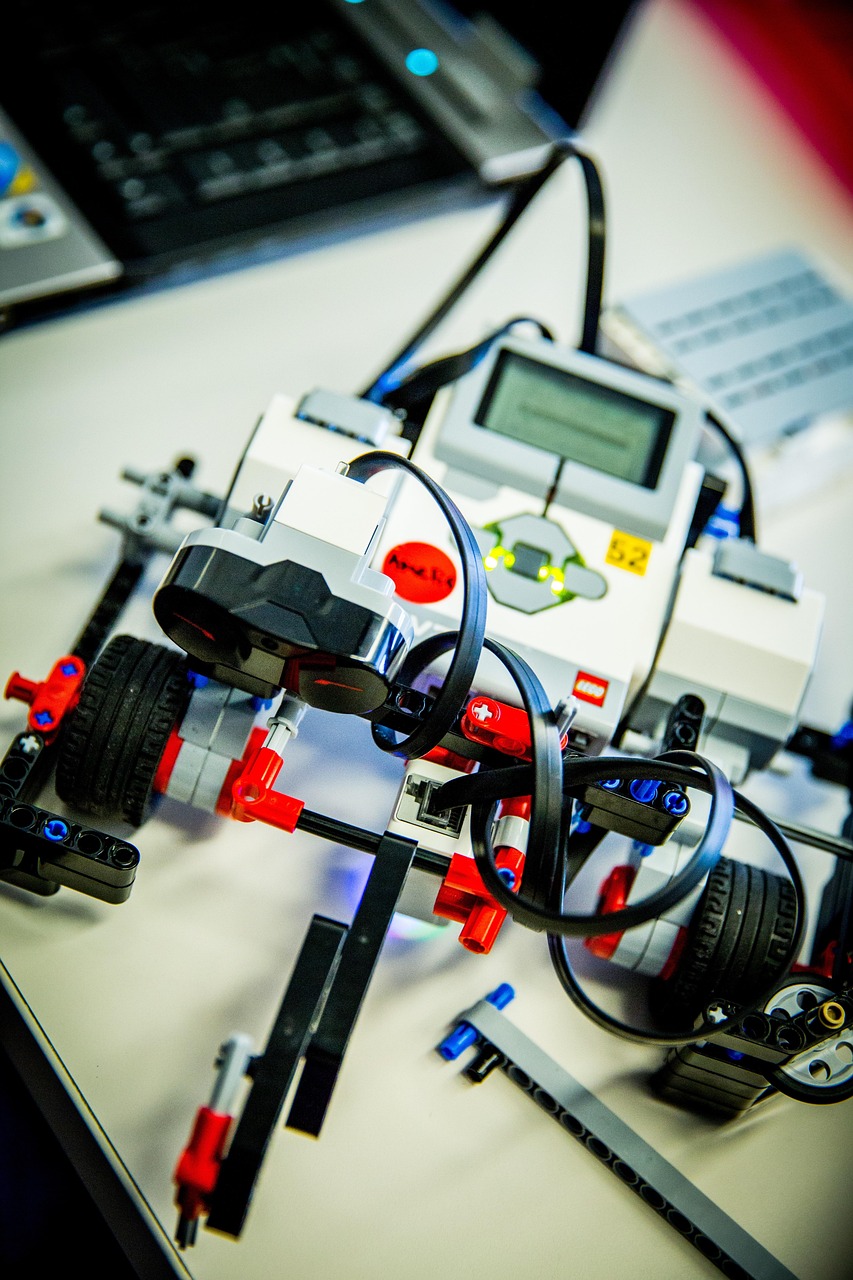The Role of Machine Learning in Enhancing Cloud-Native Container Security
Introduction
Cloud-native applications have become the backbone of modern digital infrastructure, powering everything from e-commerce platforms and streaming services to healthcare systems and financial applications. At the heart of this transformation lies containerization, an approach that enables developers to package applications with all their dependencies into lightweight, portable units. Containers provide agility, scalability, and faster deployment cycles, making them a natural fit for cloud-native architectures.
However, this rapid adoption of containers has also introduced new security challenges. Traditional security tools and practices—designed for static, monolithic applications—are often inadequate in addressing the dynamic, distributed, and ephemeral nature of containers. This is where machine learning (ML) enters the picture. By leveraging ML, organizations can move beyond static security models and adopt intelligent, adaptive systems that continuously monitor, learn, and respond to threats in real time.
This article explores the role of machine learning in enhancing cloud-native container security, the challenges it addresses, real-world use cases, and future directions for this evolving intersection of AI and cybersecurity.
Understanding Container Security
Before delving into how machine learning improves container security, it’s important to understand the unique characteristics of containerized environments and their associated risks.
Key Features of Containers:
-
Lightweight and Portable – Containers run on a shared operating system kernel, making them more resource-efficient than virtual machines.
-
Ephemeral and Dynamic – Containers are often short-lived, spinning up and down as needed, which makes traditional perimeter-based monitoring ineffective.
-
Microservices-Oriented – Cloud-native applications typically use microservices, each running in its own container, which increases the number of components and communication channels to secure.
-
Declarative Configurations – Containers are managed through orchestration systems like Kubernetes, which rely heavily on configuration files. Misconfigurations can expose applications to vulnerabilities.
Common Container Security Threats:
-
Image Vulnerabilities – Containers are built from images that may contain outdated or malicious libraries.
-
Runtime Attacks – Malicious actors may exploit a running container through privilege escalation or lateral movement.
-
Supply Chain Attacks – Infected container images or compromised CI/CD pipelines can introduce threats early in the development cycle.
-
Configuration Mismanagement – Weak Kubernetes role-based access control (RBAC) settings, open network policies, or insecure secrets management.
-
Zero-Day Exploits – New vulnerabilities in container runtimes (e.g., Docker, CRI-O, containerd) or orchestration platforms.
These complexities make manual monitoring and traditional rule-based detection insufficient. Security teams need tools that can adapt, learn patterns, and detect anomalies in real-time—precisely where ML excels.
Why Machine Learning Matters for Container Security
Machine learning provides adaptive, data-driven intelligence that can improve the visibility, accuracy, and responsiveness of security systems in cloud-native environments.
Key Benefits of ML in Container Security:
-
Anomaly Detection – ML models can learn normal container behaviors (e.g., CPU usage, network traffic patterns, system calls) and identify deviations that may signal malicious activity.
-
Predictive Threat Intelligence – By analyzing large datasets of known vulnerabilities, exploits, and attack patterns, ML can predict potential risks before they occur.
-
Automated Incident Response – ML-powered systems can autonomously isolate or terminate suspicious containers, reducing the window of exposure.
-
Continuous Learning – Unlike static rules, ML systems improve over time as they ingest more data from new attacks, evolving threats, and system changes.
-
Scalability – Cloud-native ecosystems can involve thousands of containers. ML algorithms can handle massive volumes of telemetry data more efficiently than human teams.
-
Reduced False Positives – By correlating multiple signals, ML reduces the noise that plagues traditional intrusion detection systems.
Core Applications of Machine Learning in Container Security
1. Container Image Scanning
ML enhances vulnerability scanning by analyzing dependencies, comparing them against historical attack data, and predicting which components are more likely to be targeted. Instead of relying solely on signature-based detection, ML can spot suspicious modifications in images or unusual dependency behaviors.
2. Behavioral Anomaly Detection
At runtime, ML models can monitor:
-
Process executions
-
File system access patterns
-
System calls and API usage
-
Network traffic between microservices
Any deviation from the baseline (such as a container suddenly initiating outbound traffic to an unknown IP) can be flagged for investigation.
3. Adaptive Policy Enforcement
Kubernetes network policies and RBAC settings can be automatically adjusted using ML insights. For example, if a service never communicates with an external API, ML systems can suggest or enforce stricter egress rules.
4. Supply Chain Security
By analyzing data from CI/CD pipelines, ML can detect anomalies in code commits, build processes, or dependencies—helping identify potential supply chain attacks.
5. Threat Hunting and Forensics
ML can accelerate forensic analysis by clustering related attack signals, correlating logs, and reconstructing attack timelines more effectively than manual investigation.
6. Zero-Day Detection
By analyzing unknown behaviors and comparing them to broader patterns of suspicious activity, ML can detect zero-day exploits even without prior knowledge of the specific vulnerability.
Machine Learning Techniques for Container Security
Several ML approaches are particularly useful in the context of container security:
1. Supervised Learning
-
Used for classification tasks like labeling network traffic as benign or malicious.
-
Requires labeled training datasets.
-
Example: Classifying container logs to detect known malware patterns.
2. Unsupervised Learning
-
Ideal for anomaly detection in containers, where labeled data may not exist.
-
Clusters data points to identify outliers.
-
Example: Detecting unusual network flows between Kubernetes pods.
3. Reinforcement Learning
-
Models learn by interacting with the environment and receiving feedback.
-
Useful for dynamic policy enforcement and automated incident response.
-
Example: An RL agent learning to block malicious traffic without impacting normal workflows.
4. Deep Learning
-
Convolutional Neural Networks (CNNs) and Recurrent Neural Networks (RNNs) can process complex data like system call sequences.
-
Example: Analyzing system call graphs to identify malware-like behaviors.
5. Graph-Based Learning
-
Containers and microservices naturally form graph structures.
-
Graph neural networks (GNNs) can detect abnormal communication flows between services.
Challenges in Applying ML to Container Security
Despite its promise, applying machine learning to container security is not without challenges:
-
Data Quality and Volume – Containerized environments generate vast amounts of telemetry data, much of which is noisy or redundant. Training ML models effectively requires careful data engineering.
-
Evolving Threats – Attackers constantly adapt. ML models must be retrained frequently to remain relevant.
-
False Positives/Negatives – An overly sensitive model can disrupt operations, while an insensitive one may miss critical threats.
-
Resource Constraints – ML models require compute resources, which can be costly at scale in cloud-native environments.
-
Explainability – Security teams need interpretable results. Black-box ML models can undermine trust in detection systems.
-
Integration with DevOps – ML-driven security must align with CI/CD pipelines without slowing down deployments.
Real-World Use Cases
-
Kubernetes Security Platforms – Companies like Aqua Security, Sysdig, and Falco leverage ML for runtime protection, anomaly detection, and policy recommendations.
-
Cloud Provider Offerings – AWS GuardDuty, Azure Security Center, and Google Cloud Security Command Center use ML to detect suspicious activity in container workloads.
-
DevSecOps Pipelines – ML-enhanced scanners integrate into CI/CD pipelines to catch vulnerabilities before production deployment.
-
Financial Sector – Banks use ML-driven container monitoring to detect fraud-related anomalies in transaction processing microservices.
-
Healthcare – ML helps secure sensitive patient data in HIPAA-compliant containerized environments by flagging unauthorized data access.
Best Practices for ML-Enhanced Container Security
-
Adopt Defense-in-Depth – Use ML as part of a layered security strategy, not a replacement for traditional tools.
-
Integrate with DevSecOps – Embed ML-powered security checks into CI/CD pipelines.
-
Continuously Train Models – Regularly retrain ML models with fresh data from production environments.
-
Leverage Hybrid Approaches – Combine rule-based detection with ML-driven anomaly detection.
-
Prioritize Explainability – Use ML techniques that provide interpretable results for security analysts.
-
Automate Responses Cautiously – Ensure incident response automation is fine-tuned to minimize disruptions.
Future of Machine Learning in Container Security
The next wave of advancements in ML and container security will likely include:
-
Federated Learning – Allowing multiple organizations to collaboratively train security models without sharing raw data, improving privacy.
-
Self-Healing Containers – ML models that not only detect threats but also autonomously patch, restart, or quarantine compromised containers.
-
Edge and IoT Security – Extending ML-driven container security to edge devices and IoT ecosystems.
-
Explainable AI (XAI) – Building transparency into ML models to help security teams understand why decisions were made.
-
Integration with Large Language Models (LLMs) – Using LLMs for natural-language analysis of logs, configurations, and security alerts.
Final Thoughts
Cloud-native container security is one of the most pressing challenges in modern IT infrastructure. As enterprises embrace microservices, Kubernetes, and multi-cloud deployments, the attack surface has expanded dramatically. Traditional, rule-based security mechanisms are no longer sufficient to handle the scale, complexity, and velocity of threats in these environments.
Machine learning offers a promising path forward. By enabling real-time anomaly detection, predictive intelligence, and adaptive policy enforcement, ML empowers organizations to move from reactive to proactive security postures. While challenges such as data quality, explainability, and integration remain, the benefits of ML-enhanced container security far outweigh the risks.
As cloud-native adoption continues to surge, the marriage of machine learning and container security will not just be an option—it will be a necessity. Enterprises that embrace this transformation early will be better equipped to protect their workloads, data, and customers in an increasingly hostile cyber landscape.
https://bitsofall.com/how-ai-servers-are-transforming-taiwans-electronics-manufacturing-giants-2/







